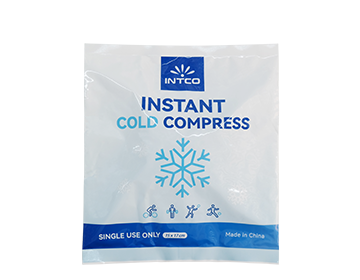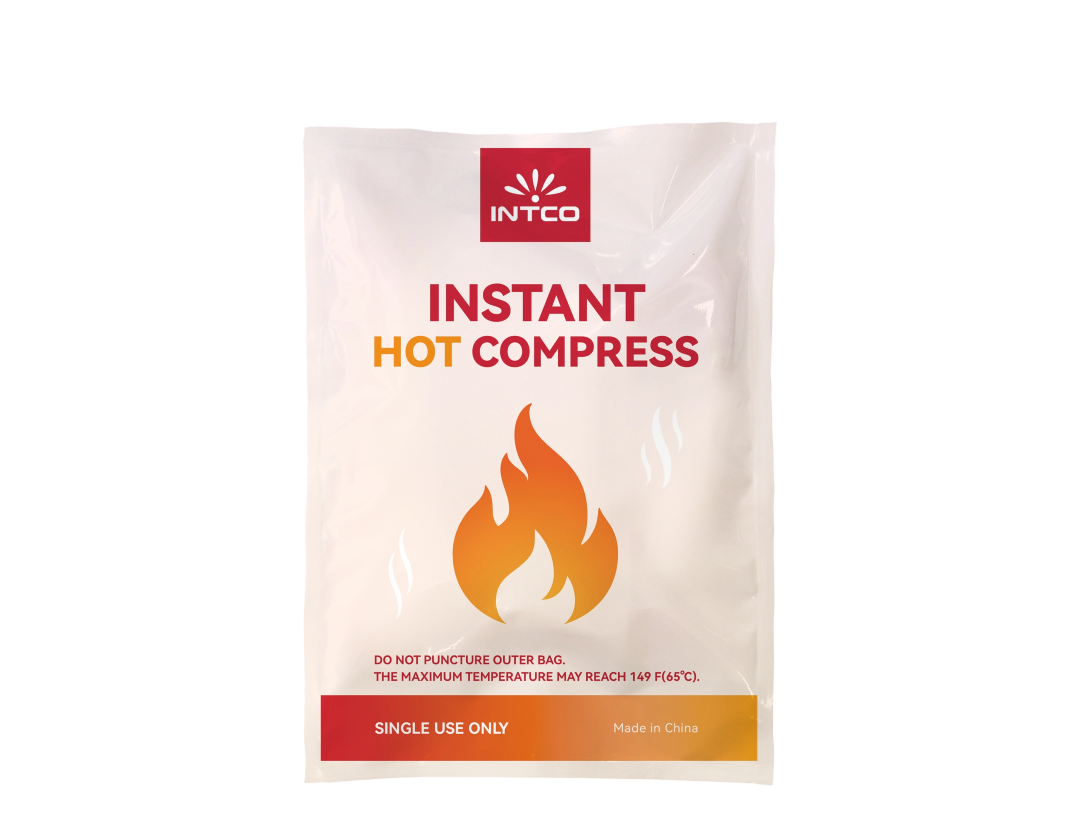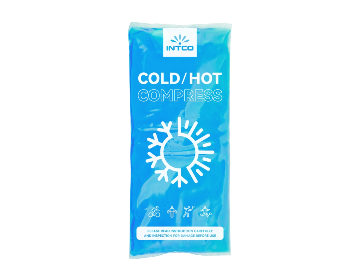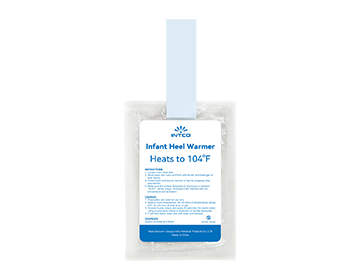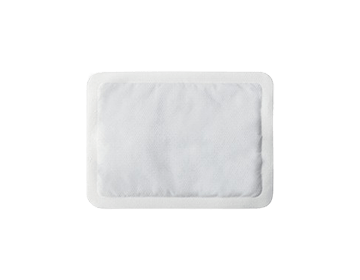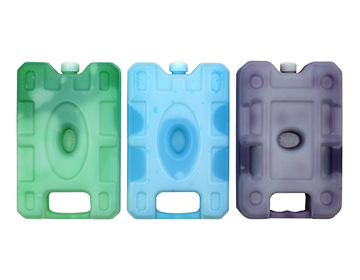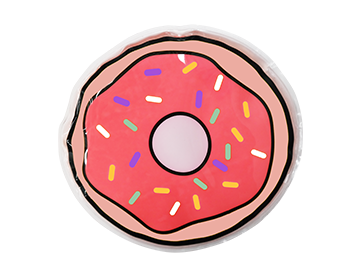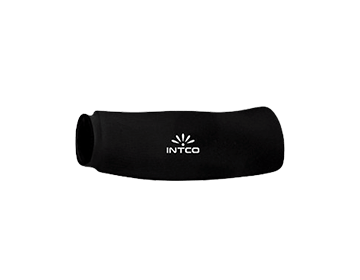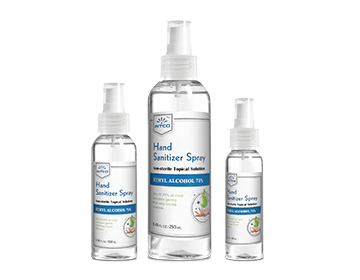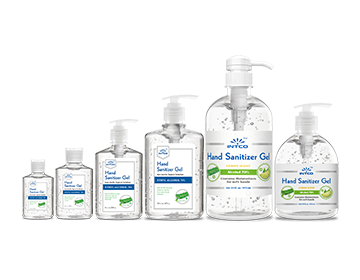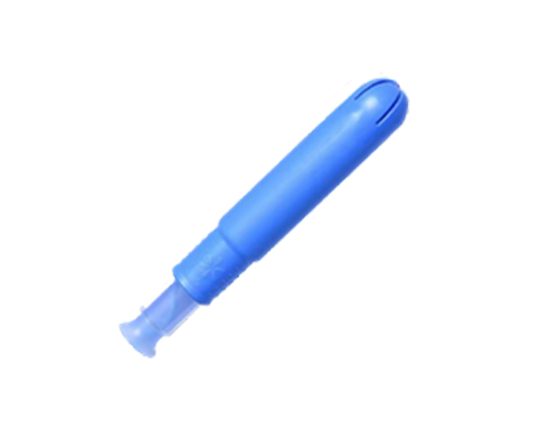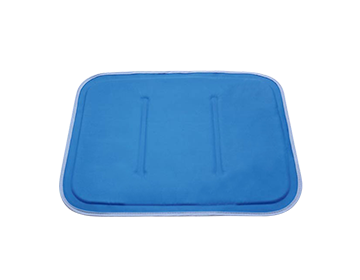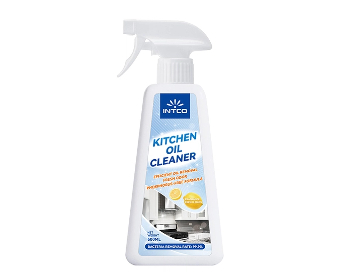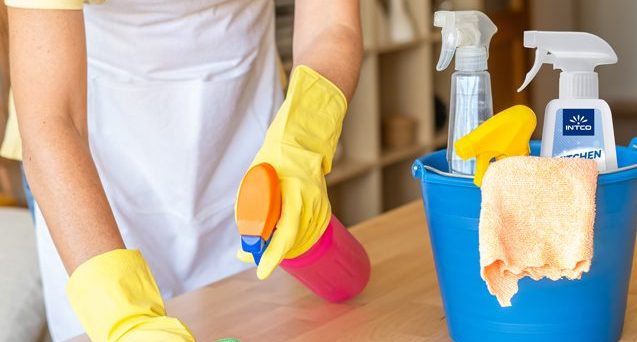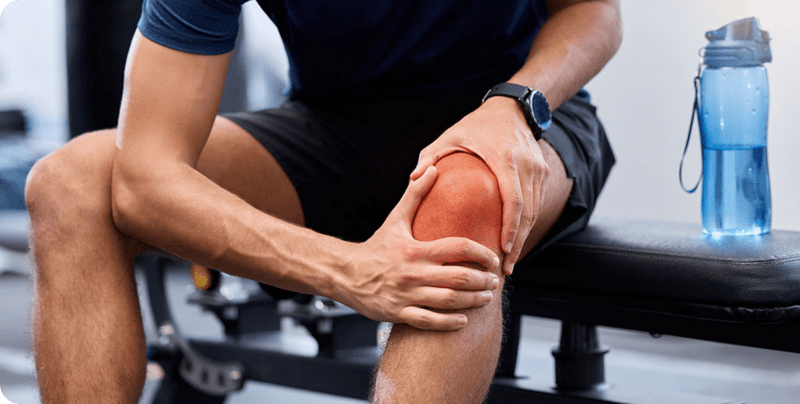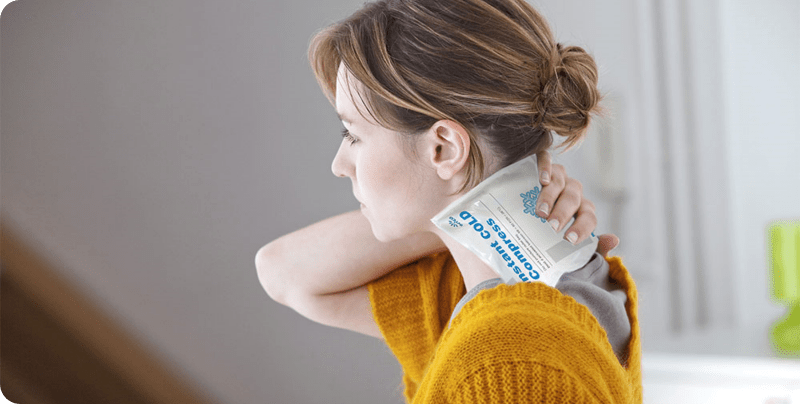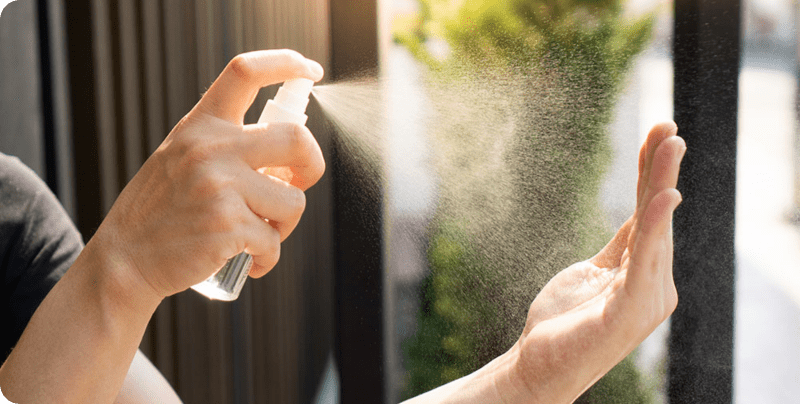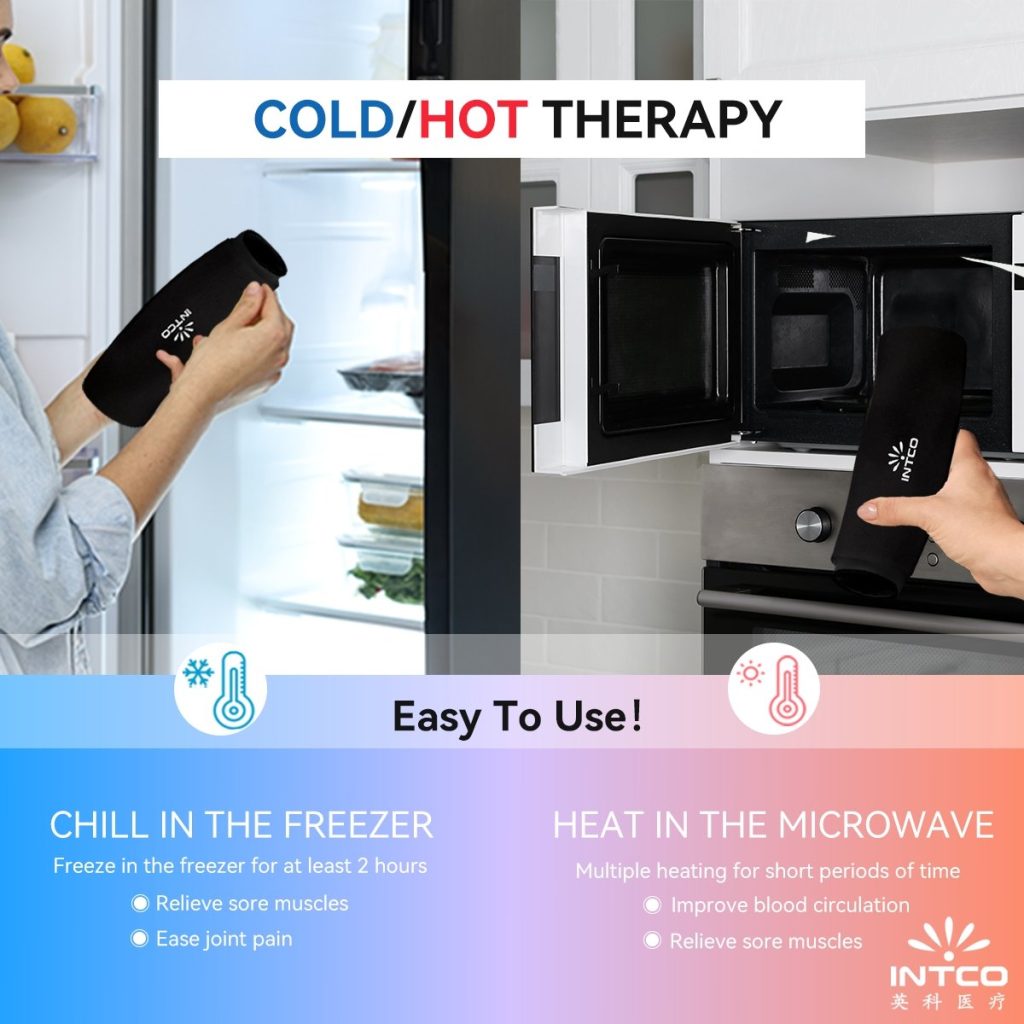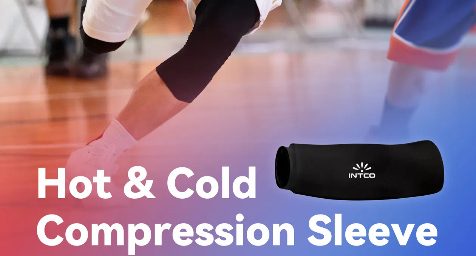Solid Gel Pack Guide: Best Hot & Cold Therapy Tips for Sports & Recovery
Spring is a great time to play outside and have fun. However being active can sometimes lead to injuries. Do you know that almost half of track and field injuries are sprains or strains? These often happen in the knees and ankles. High school athletes may get serious knee injuries that end their season. Girls are more likely to get these injuries. A solid gel pack can help you be ready. Use it to warm up, cool down, or recover after a busy day.
Understanding Solid Gel Packs
What Are Solid Gel Packs?
You might have used a solid gel pack before. But do you know what’s inside? These packs have a soft, jelly-like material inside a plastic or fabric cover. The gel is made of water mixed with special substances called polymers, like sodium polyacrylate. These polymers soak up water and turn it into a thick gel.
When you freeze a solid gel pack, the water inside becomes ice crystals. These crystals hold cold energy and release it when touching something warm, like your skin. This keeps the pack cold for a long time. If you heat it in a microwave, it stores heat instead. This can help relax sore muscles. Isn’t that neat?
Benefits of Solid Gel Packs for Sports and Recovery
Solid gel packs are helpful for people who enjoy sports or outdoor fun. They’re easy to use and work well for both preventing and healing injuries.
- Quick Pain Relief: A cold pack can quickly reduce swelling and ease pain from a sprain or sore muscle.
- Muscle Relaxation: Heated packs help loosen tight muscles before or after exercise.
- Reusable and Durable: You can use them many times, saving money over time.
- Portable and Convenient: They’re small enough to carry in your bag wherever you go.
With a solid gel pack, you’re ready to handle small injuries or aches. Stay active and enjoy more fun!
When to Use Solid Gel Packs
Before Activities to Get Muscles Ready
Warming up muscles helps prevent injuries during activities. A solid gel pack can warm your muscles before you start. Heat boosts blood flow, making muscles flexible and less likely to strain. Heat the pack in a microwave and place it on areas like knees or shoulders. Just a few minutes can make a big difference.
Experts say to use heat therapy for 5–15 minutes before starting. This gives muscles time to loosen and prepare. Whether jogging or playing soccer, this step helps you perform better.
After Activities for Recovery and Pain Relief
After a busy day, your body needs rest and care. A solid gel pack is great for recovery. Cold therapy reduces swelling and eases sore muscles. It’s perfect for small injuries or post-game aches.
Freeze the pack ahead of time and use it for 15–20 minutes. Place it on the sore area to calm swelling and recover faster. You’ll feel better and ready for your next activity.
During Activities for Small Injuries
Even with care, small injuries can happen. A solid gel pack can help right away. If you twist an ankle or strain a muscle, use a cold pack quickly. It reduces swelling and pain.
For long activities like hiking, carry a gel pack in your bag. Experts suggest using cold therapy within 30–45 minutes of an injury. Acting fast can stop the injury from getting worse and keep you active.
How to Use Solid Gel Packs Safely
Using Gel Packs for Hot and Cold Therapy
Using a gel pack the right way helps recovery. For cold therapy, keep the pack in your freezer. When needed, wrap it in a thin cloth first. This stops frostbite from hurting your skin. Cold packs are great for swelling or pain after injuries. Use them for 15–20 minutes, then take a break.
For hot therapy, heat the pack in the microwave. Follow the instructions carefully to avoid overheating. Test the heat with your hand before using it. Heat therapy helps relax muscles or get ready for activities. Only use heat for 15 minutes unless told otherwise by a professional. Never sleep with a gel pack or press it directly on your body.
Tips to Protect Your Skin
Keeping your skin safe is very important. Always put a cloth between the gel pack and your skin. This stops irritation or frostbite from happening. Don’t use the pack for more than 20 minutes at once. If your skin feels red or sore, stop and rest.
Make sure the gel pack is clean and dry before freezing it. This avoids freezer burn and keeps it safe to use. Following these steps helps you enjoy the benefits without hurting your skin.
Best Time Limits for Gel Pack Use
How long you use a gel pack matters. For cold therapy, stick to 15–20 minutes per session. This helps swelling without causing frostbite. For heat therapy, use it for 10–15 minutes only. Shorter times are safer but still work well.
If using the pack during activities, take breaks often. This lets your skin rest and stay healthy. Careful use helps you recover faster and stay active. By following these tips, you’ll use your gel pack safely and effectively.
Additional Tips for Injury Prevention
Why Warm-Ups and Cool-Downs Matter
Warm-ups and cool-downs keep your body safe during activities. Warming up gets your muscles ready and lowers injury risks. It boosts blood flow, improves flexibility, and activates joints. Studies show warm-ups can reduce sports injuries a lot. Try light jogging or dynamic stretches before starting. These easy steps can protect you from harm.
Cool-downs are equally important. They help your body recover and ease muscle soreness. After activities, spend a few minutes walking slowly or stretching. This helps muscles relax and prepares you for next time.
Tip: Make warm-ups and cool-downs a daily habit. They’re simple and prevent pain.
Using the Right Techniques in Spring Sports
Using proper techniques helps you avoid injuries. Whether running, jumping, or throwing, good form reduces body strain. Coaches teach correct movements to protect areas like knees and shoulders. For example, bending knees when landing lowers joint impact.
If learning a new sport, take time to learn the basics. Rushing can cause overuse injuries. Listen to your coach and focus on doing it correctly. Good technique keeps you safe and improves your skills.
Staying Hydrated and Watching Body Signals
Drinking water is very important during physical activities. Losing too much water through sweat can make you tired. Dehydration raises your heart rate and makes exercise harder. Drink water often and don’t ignore thirst.
Your body gives signals when something’s wrong. If you feel dizzy, very tired, or in pain, stop and rest. Ignoring these signs can cause bigger problems. Stay hydrated and listen to your body to stay safe.
Remember: A solid gel pack helps with small injuries, but prevention is best.
Solid gel packs are a must-have for staying safe and active this spring. As the world’s largest manufacturer of hot and cold therapy products, INTCO Healthcare‘s two solid gel products, the Hot & Cold Compression Sleeve and Migraine Relief Ice Head Wrap, are highly favored by customers. INTCO’s Hot & Cold Compression Sleeve stands out with its 360° coverage and ease of use. INTCO’s Migraine Relief Ice Head Wrap is an ultimate solution for headache and migraine relief. Its snug fit provides gentle compression, enhancing comfort and effectiveness.
FAQs
- How do I store solid gel packs when not in use?
Keep them in your freezer or a cool, dry place. This ensures they’re ready for cold therapy and stay in good condition.
- Can I use a solid gel pack directly on my skin?
No, always wrap it in a thin cloth first. This protects your skin from frostbite or burns during hot or cold therapy.
- How do solid gel packs work for hot and cold therapy
Solid gel packs contain water-based polymers that store and release thermal energy. When frozen, they absorb heat from the body, reducing swelling and pain. When heated, they promote blood flow and muscle relaxation.
How long should I use a hot or cold gel pack for injury recovery?
For cold therapy, use the gel pack for 15–20 minutes at a time to reduce swelling and pain. For heat therapy, apply for 10–15 minutes to relax muscles. Always place a cloth between the pack and your skin.
What makes the INTCO Hot & Cold Compression Sleeve unique?
Tip: Its 360° coverage and slip-on design make it easy to use. It’s durable, reusable, and perfect for targeted pain relief on knees, elbows, or legs.

